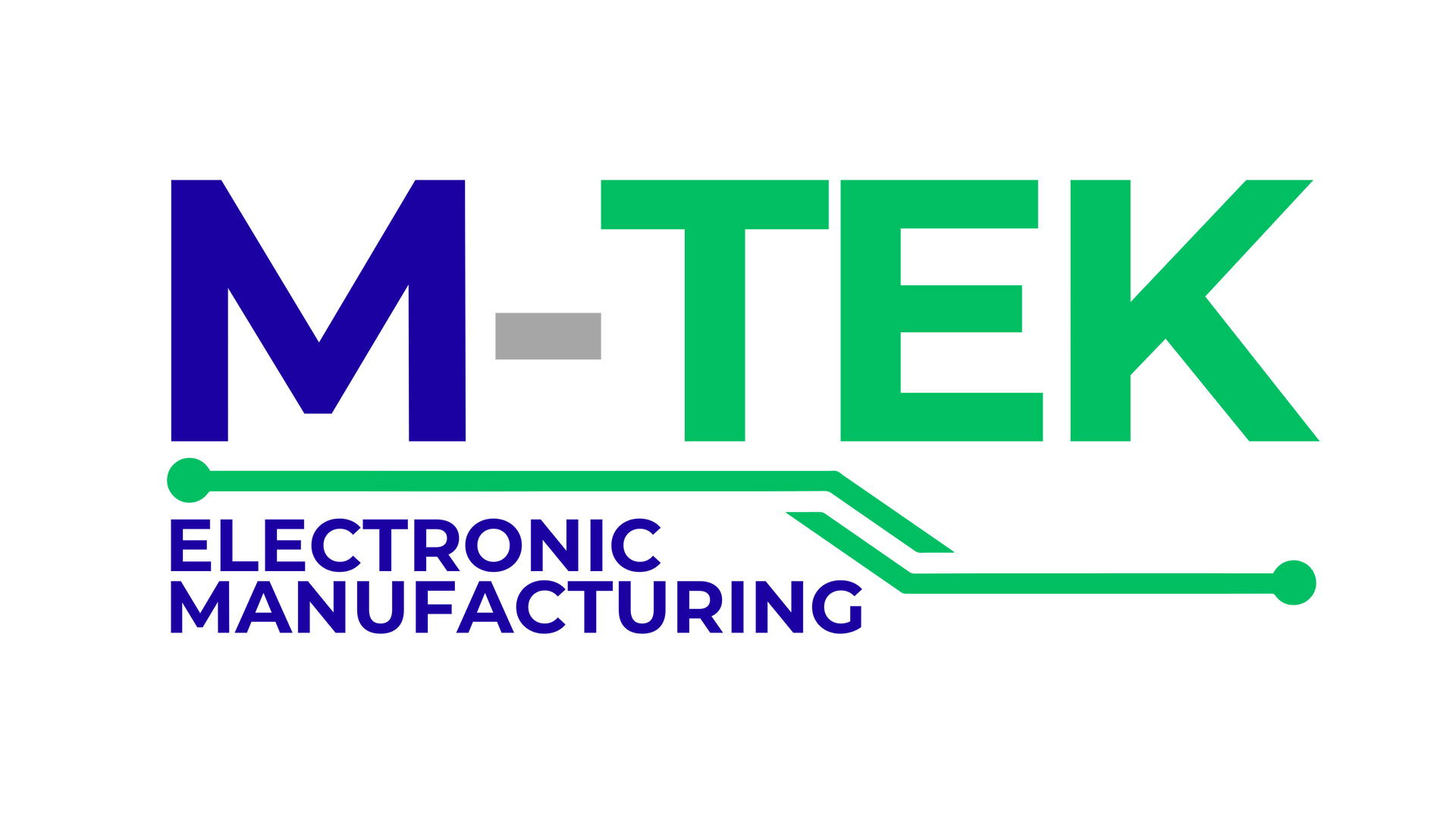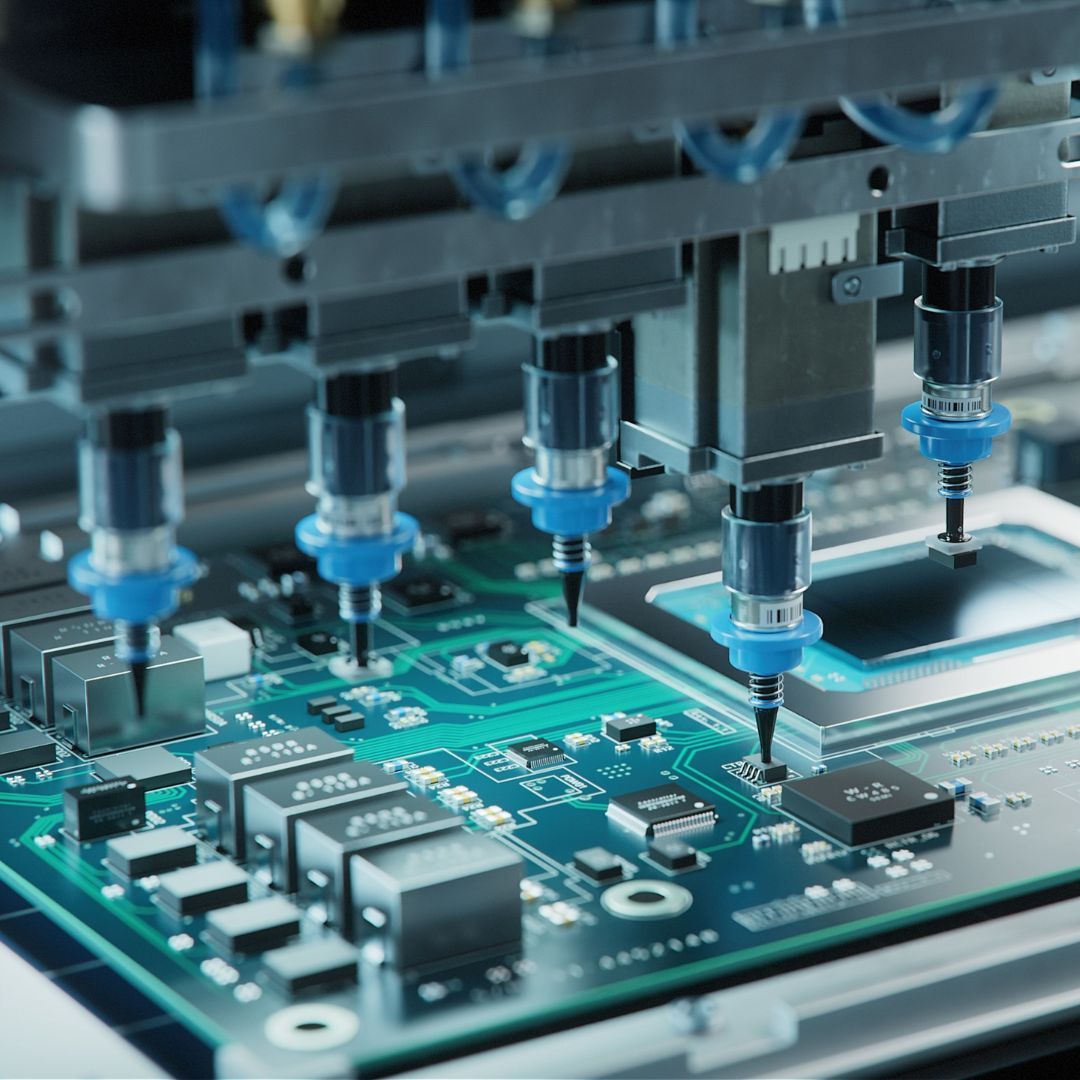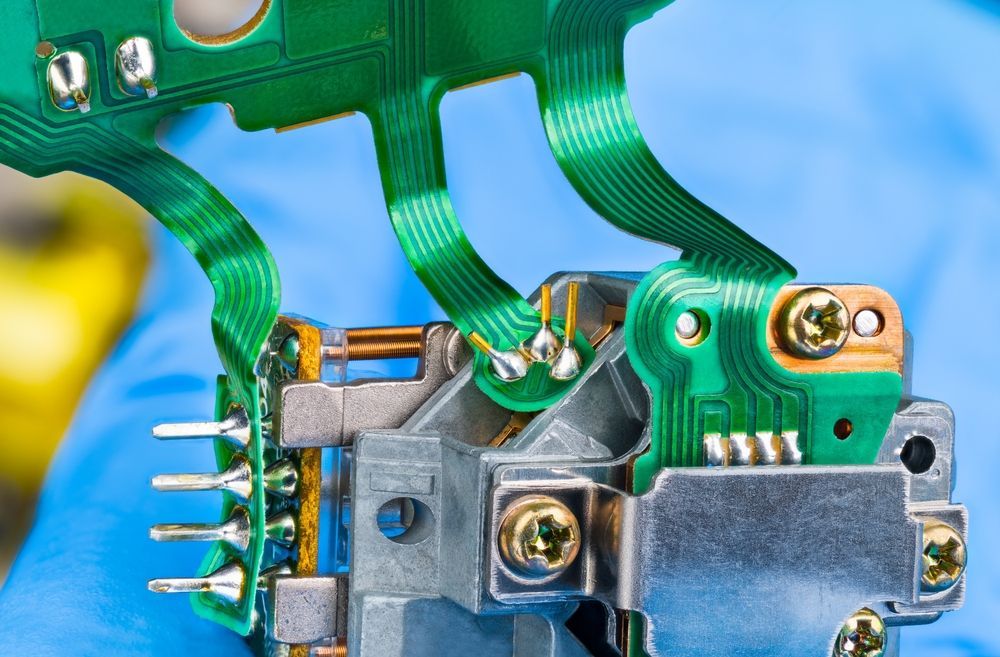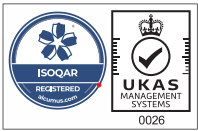A system called material requirements planning (MRP) determines the materials and parts required to make a certain product. It includes three main steps: listing the materials and components already present, deciding which more are required, and then planning for their manufacture or acquisition. To find out more about MRP, keep reading.

Why is Material Requirements Planning Important?
MRP, which is generally carried out through specialised software, aids in ensuring that the proper inventory is accessible for the manufacturing process precisely when it is required and at the lowest cost. MRP boosts the productivity, adaptability, and profitability of manufacturing operations in this way. It can increase worker productivity, enhance product quality, and lower material and labour costs in factories. Additionally, MRP enables businesses to adapt more swiftly to escalating demand for their goods, avoiding production snags and inventory stock outs that could cost them, and their clients, ultimately resulting in revenue growth and stability.
MRP is frequently used by manufacturers and has undeniably played a significant role in the expansion and widespread availability of consumer goods at reasonable prices, which has enhanced the standard of living in most nations. It is improbable that individual firms could have scaled up operations as quickly as they have in the 50 years since the introduction of MRP software without a mechanism to automate the intricate calculations and data management involved in MRP procedures.
Material Requirements Planning in the Manufacturing Operation
MRP is crucial to a manufacturing operation's efficacy, productivity, and ultimately profitability. Manufacturers are unable to meet customer demand for products that are both affordable and of the highest quality if they lack the necessary raw materials and components. They will also be less able to change production in response to changes in demand.
By removing the majority of the uncertainty surrounding inventory and cutting down on the time required to manage it, MRP can also improve the efficiency and predictability of the final stages of production, such as assembly and packaging. MRP is helpful in both discrete manufacturing, where the finished goods are discrete, countable items like bolts, subassemblies, or automobiles, and process manufacturing, where the finished goods are bulk items like chemicals, soft drinks, and detergent that cannot be separated into their parts or counted separately.
About M-Tek Assembly
At M-Tek Assembly Ltd, our material requirements planning software system allows us to create packages tailored to your specific product needs, ranging from full procurement to free issue services. You can help save the environment by using M-Tek for your
PCB service needs. We have achieved a net-zero carbon footprint by using electric vehicles, and for every circuit board we build, we plant a tree! Contact one of our SMT and PCB assembly experts today for assistance. Call us at 01189 455377 or follow us on
Twitter to stay up to date on our services.





